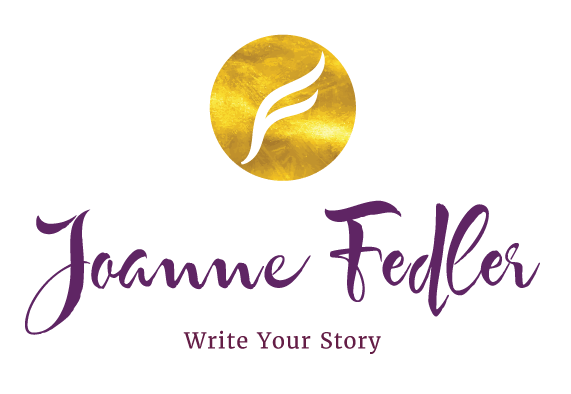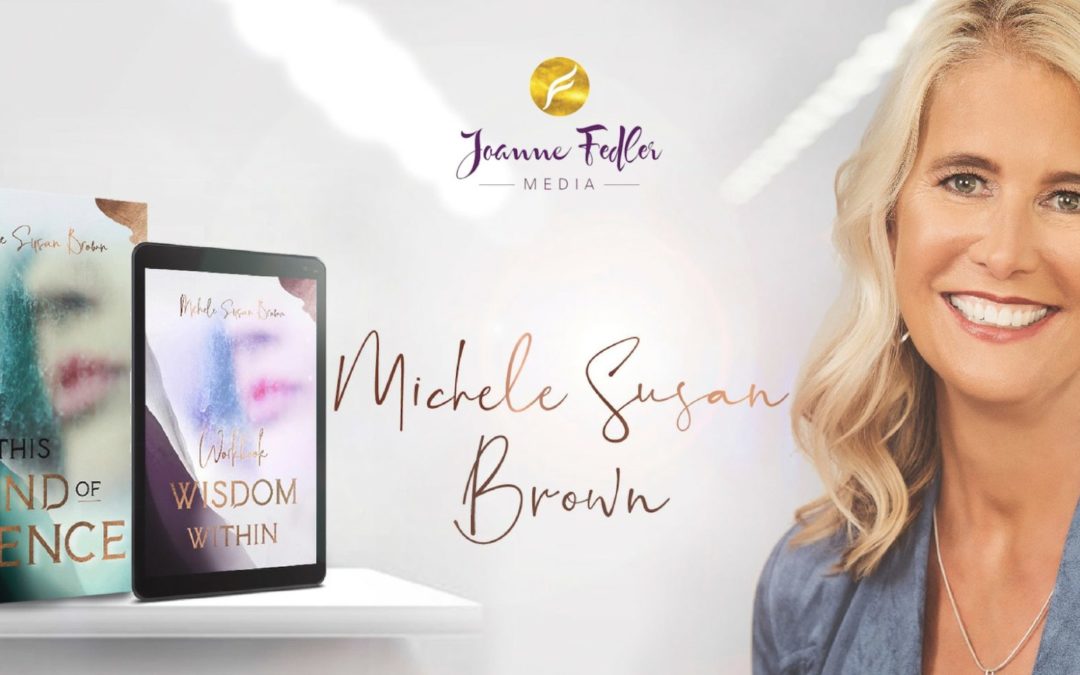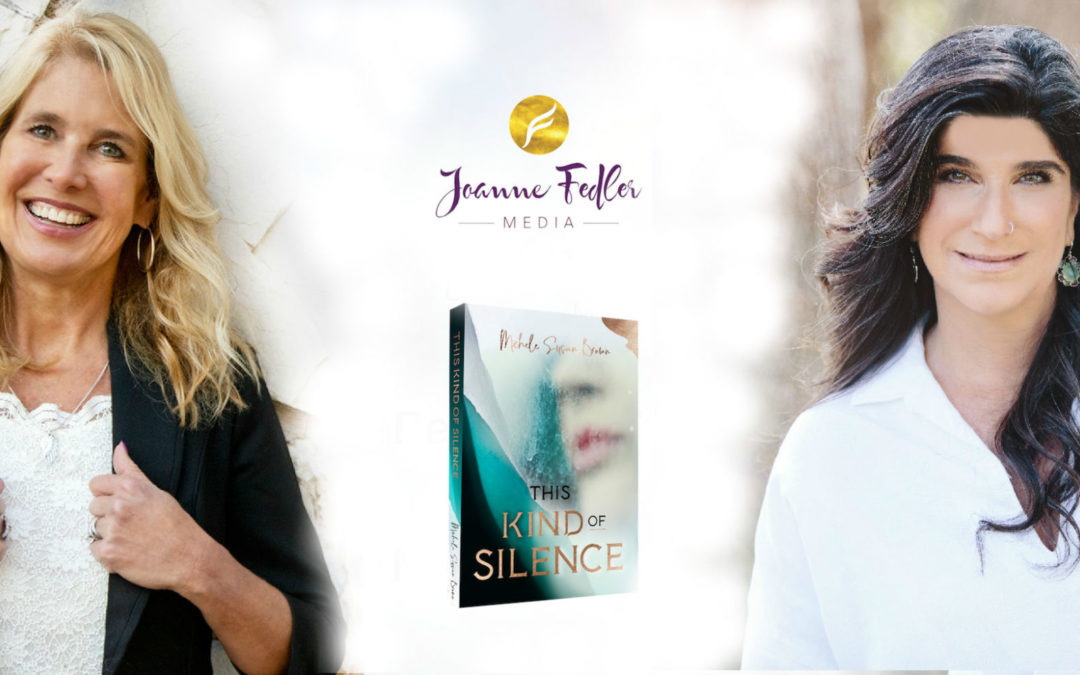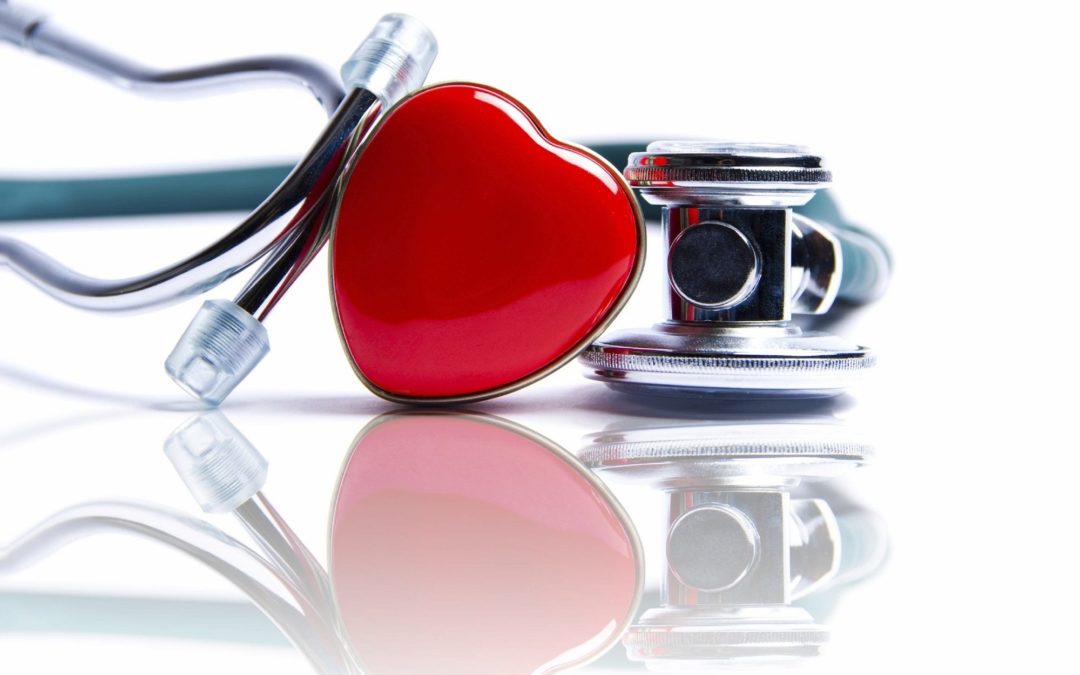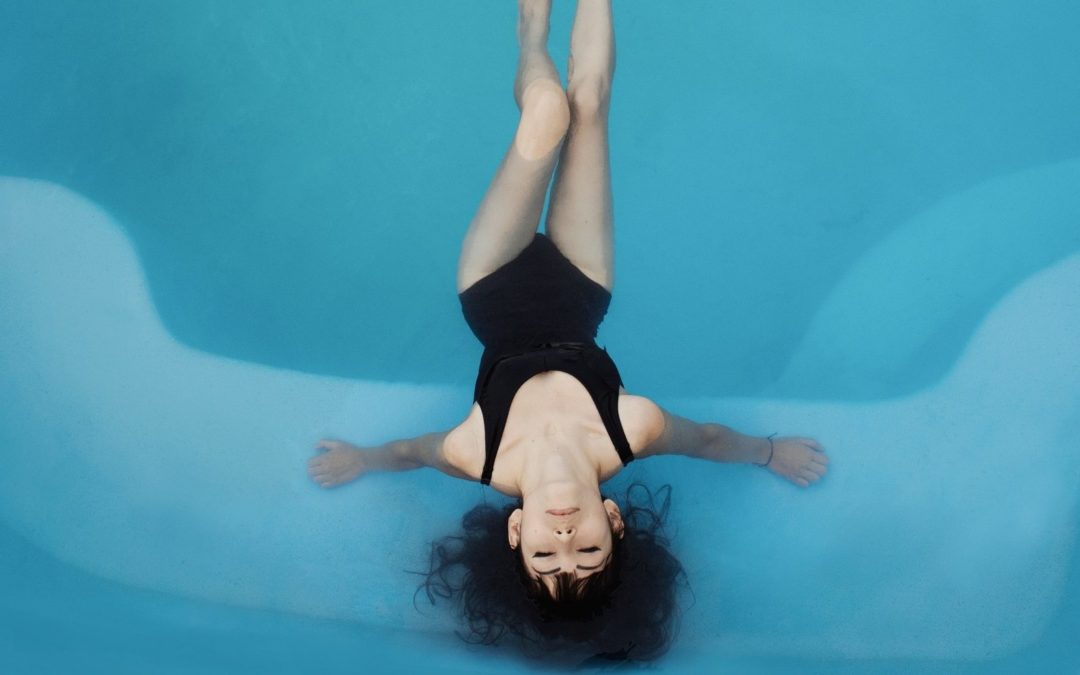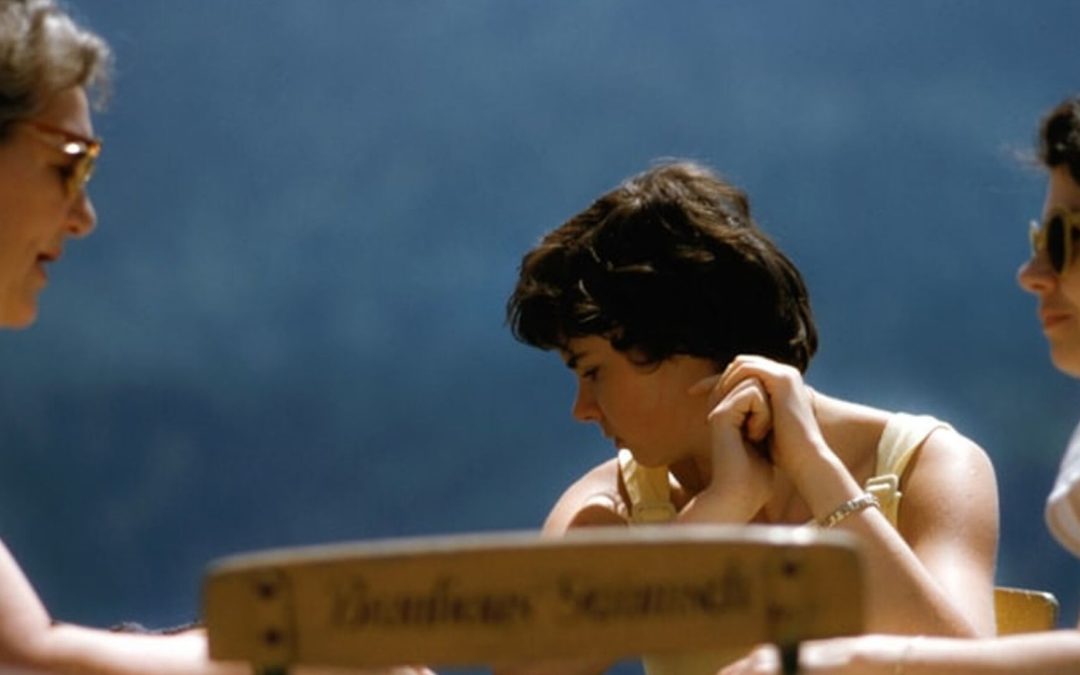
To My Sisters Who Are in Their Midlife
To My Sisters Who Are in Their Midlife
To my sisters who are in their midlife,
I read a piece yesterday about how ‘invisible’ women over 50 become. It was one of those old cliched tirades against menopause and ageing and how she’s going to wear her short skirt and go to clubs and get drunk and do what she wants because she insists on BEING SEEN. And you know what, we’re better than that. I’m frankly tired of the clichés and old narratives about this time of life.
If we want to focus on the desperations of menopause, and how sweaty, exhausted and bloated and forgetful it is making us, we can. But like, why? If we stop for one mindful moment, we may just get an idea of what a worn-out old story this is, I’m talking ‘sacrifice-your-only-son-for-I-am-the-Lord-Your-God’ boring and outdated and not written by or for me.
For one thing, ageing is a privilege. Our kids may not get to age. We’ve all got girlfriends who’ve died young. Can we remember them when we start feeling sorry for ourselves?
Secondly, in addition to the weight-gain, forgetfulness and whatever other disruptions ageing brings, midlife also heralds wisdom, clarity, self-acceptance, humility, equanimity, courage, whole-heartedness and all the qualities that eluded us during our hyped up and over-pimped ‘youth.’ And I feel sexier for it, but in a new kinda sexy way, because it’s for ME. No-one else.
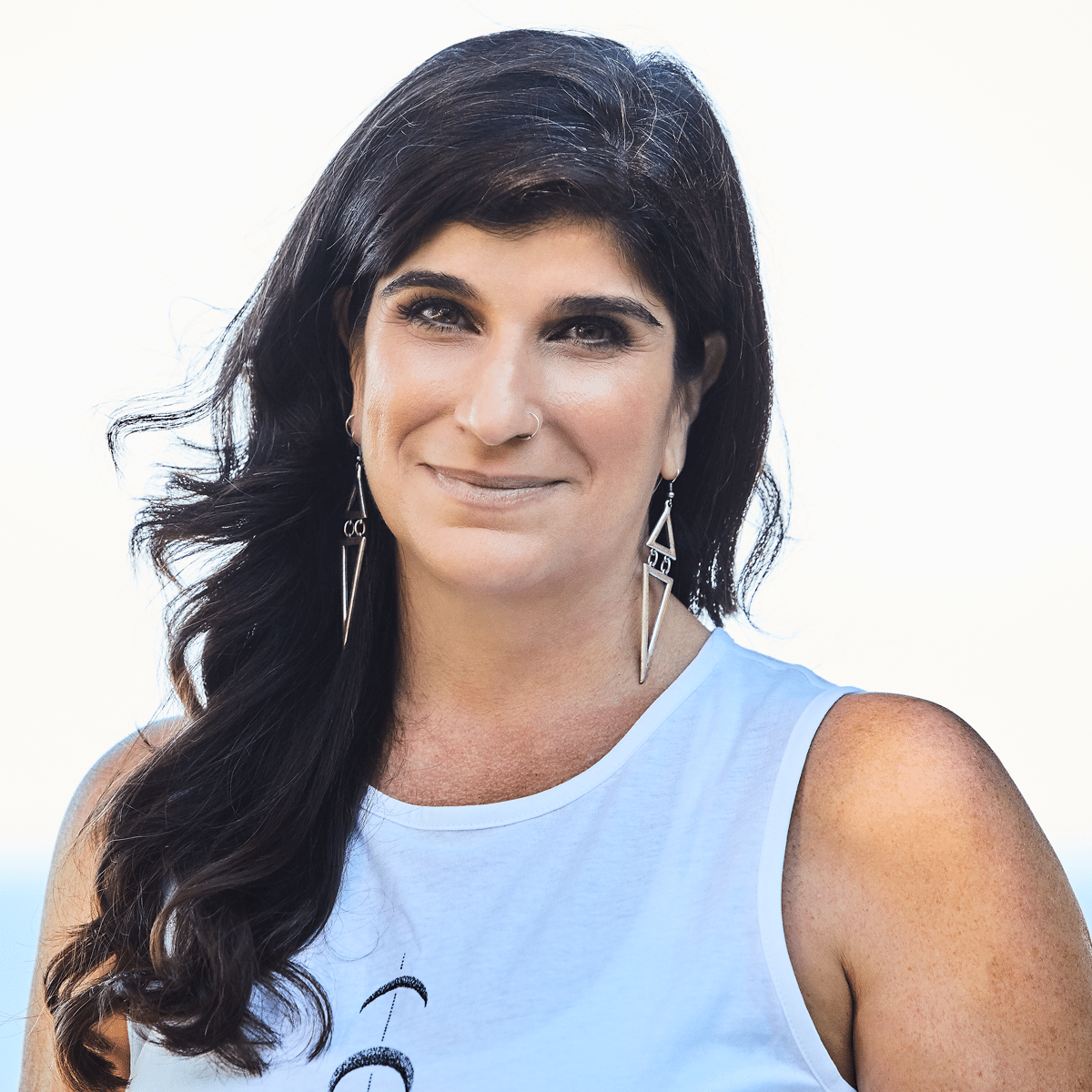
Joanne Fedler
Author, writing mentor, retreat leader. I’m an internationally bestselling author of nine books, inspirational speaker and writing mentor. I’ve had books published in just about every genre- fiction, non-fiction, self-help, memoir – by some of the top publishing houses in the world. My books have sold over 650 000 copies and have been translated in a range of languages. Two of my books have been #1 Amazon bestsellers, and at one point the German edition of Secret Mothers’ Business outsold Harry Potter- crazy, right?
I wish Facebook would stop pushing anti-ageing products on me. If my boobs droop – that’s one of the honours of getting older. My wrinkles? I’ve earned each and every one of them, and you want me to spend money on erasing them?
And as for us womenfolk, can we please stop carrying on about how invisible we are?
To whom? To men? To people who legislate about our bodies when they’ve never changed a tampon or been in labour?? To those who don’t know the fear of walking home alone after dark? To those who sit around boardroom tables and share locker room jokes? Have we EVER been seen in a way that is empowering beyond what men want to do with and to us?
What does our anxiety about being ‘invisible’ even mean about how we value ourselves? If no-one wolf-whistles as we pass by; if men don’t harass us based on how we look, how much power does that return to us? Being ‘invisible’ to those who can’t see us is a symptom of a cultural blindness and makes us incredibly dangerous in the ‘they-will-never-see-us-coming’ way. Armies spend a lot of time and money on these strategies.
The more ‘invisible’ I’ve become to men (if that’s even a thing I could give a single fuck about), the more visible I’ve become to myself. That is the gift in turning your gaze inwards, to stop caring what others think about how you look, how you speak, what you wear, and who you choose to be.
Please take some time in front of a mirror and look closely at that face.
See yourself.
Become visible.
Let’s stop perpetuating this poor-me-no-one-can-see-me shtick. We have shit to fix. We have work to do.
